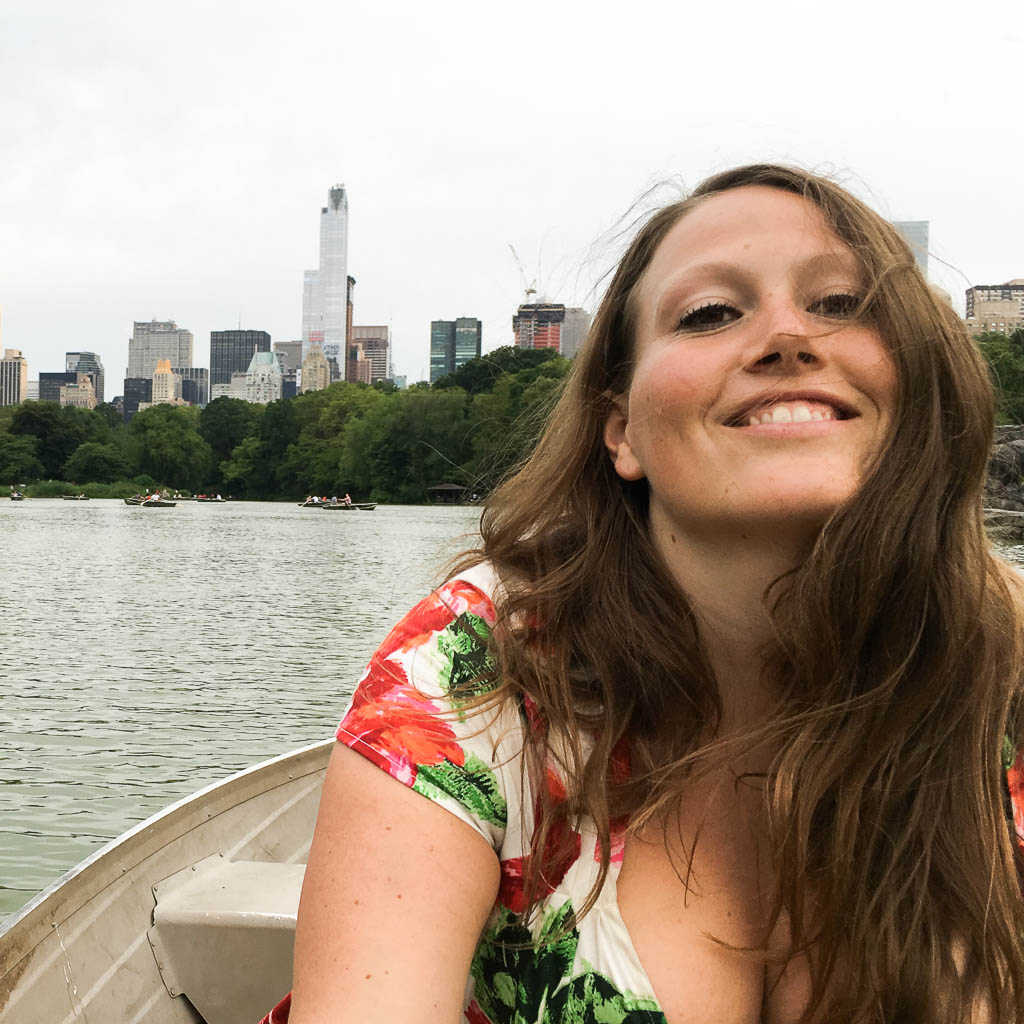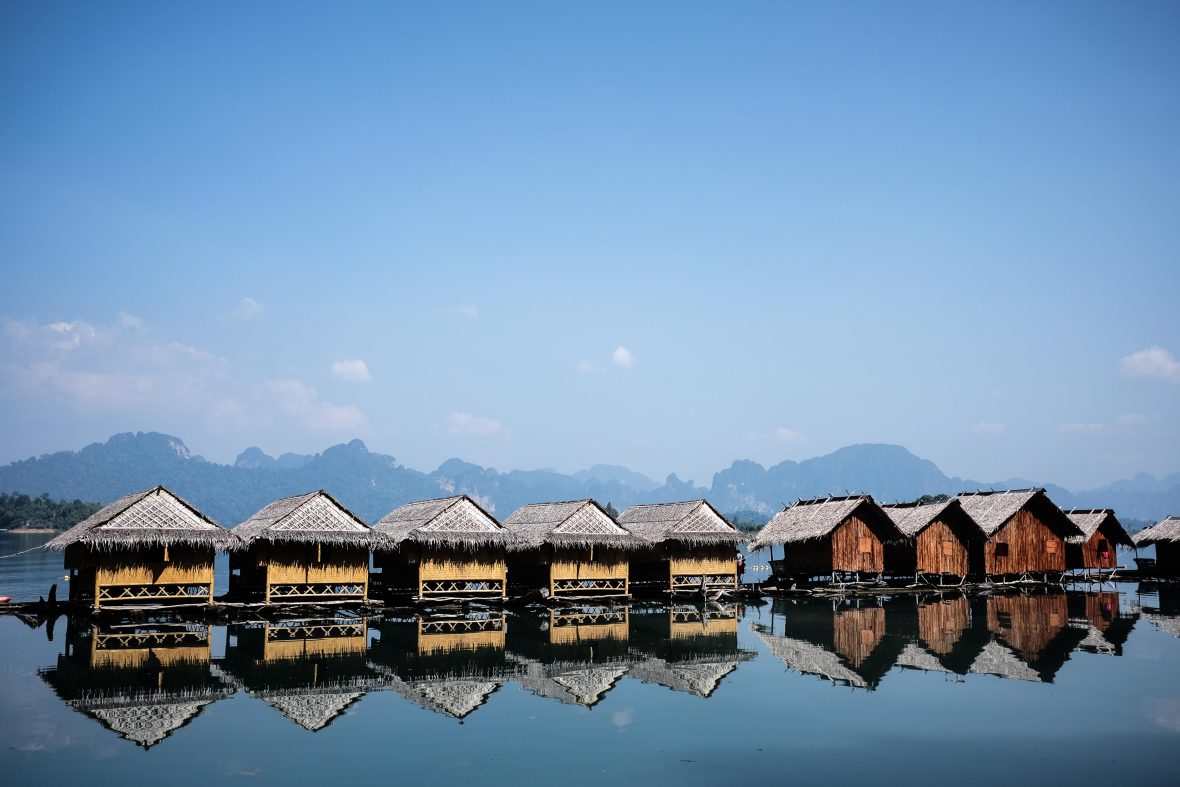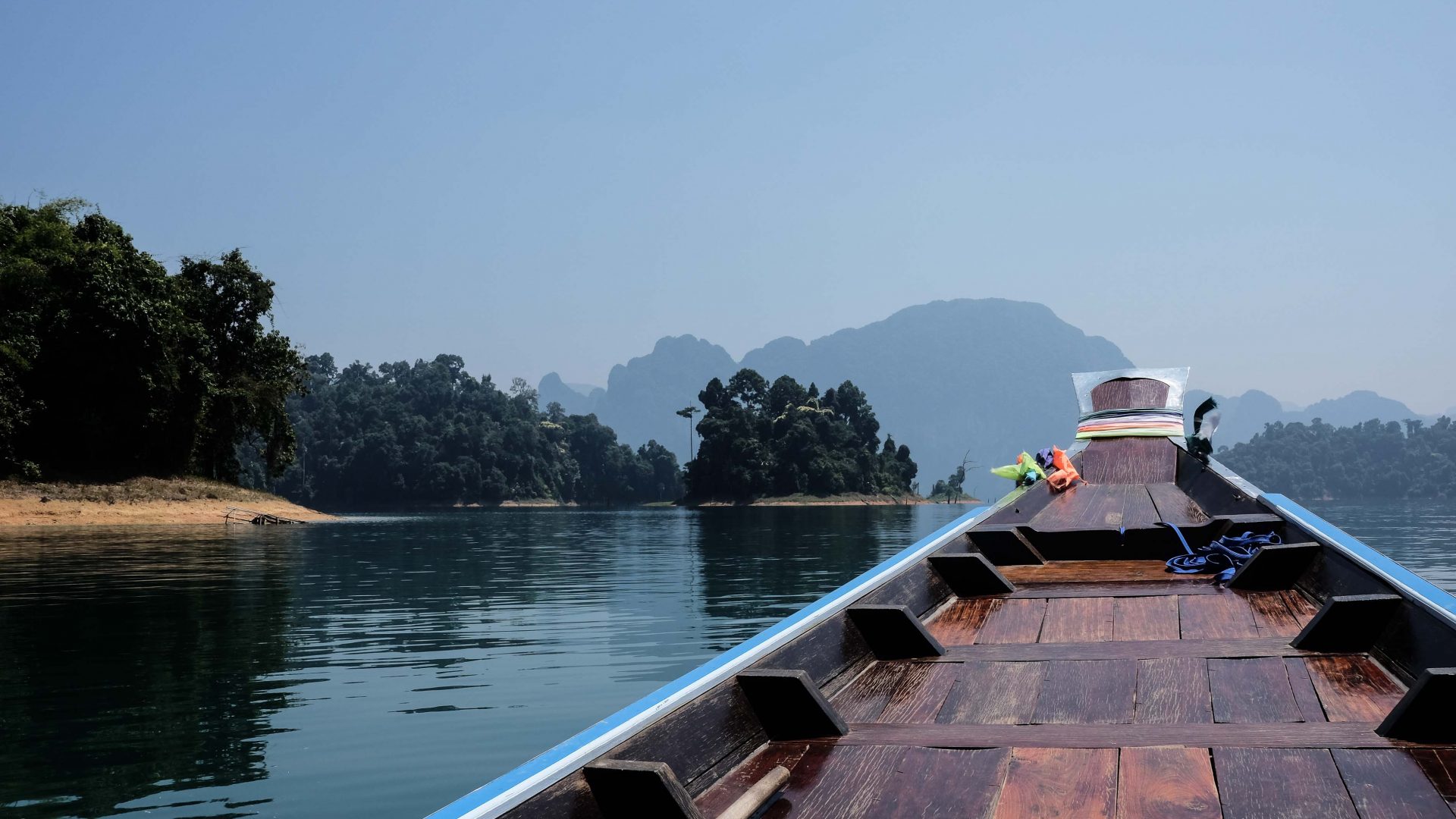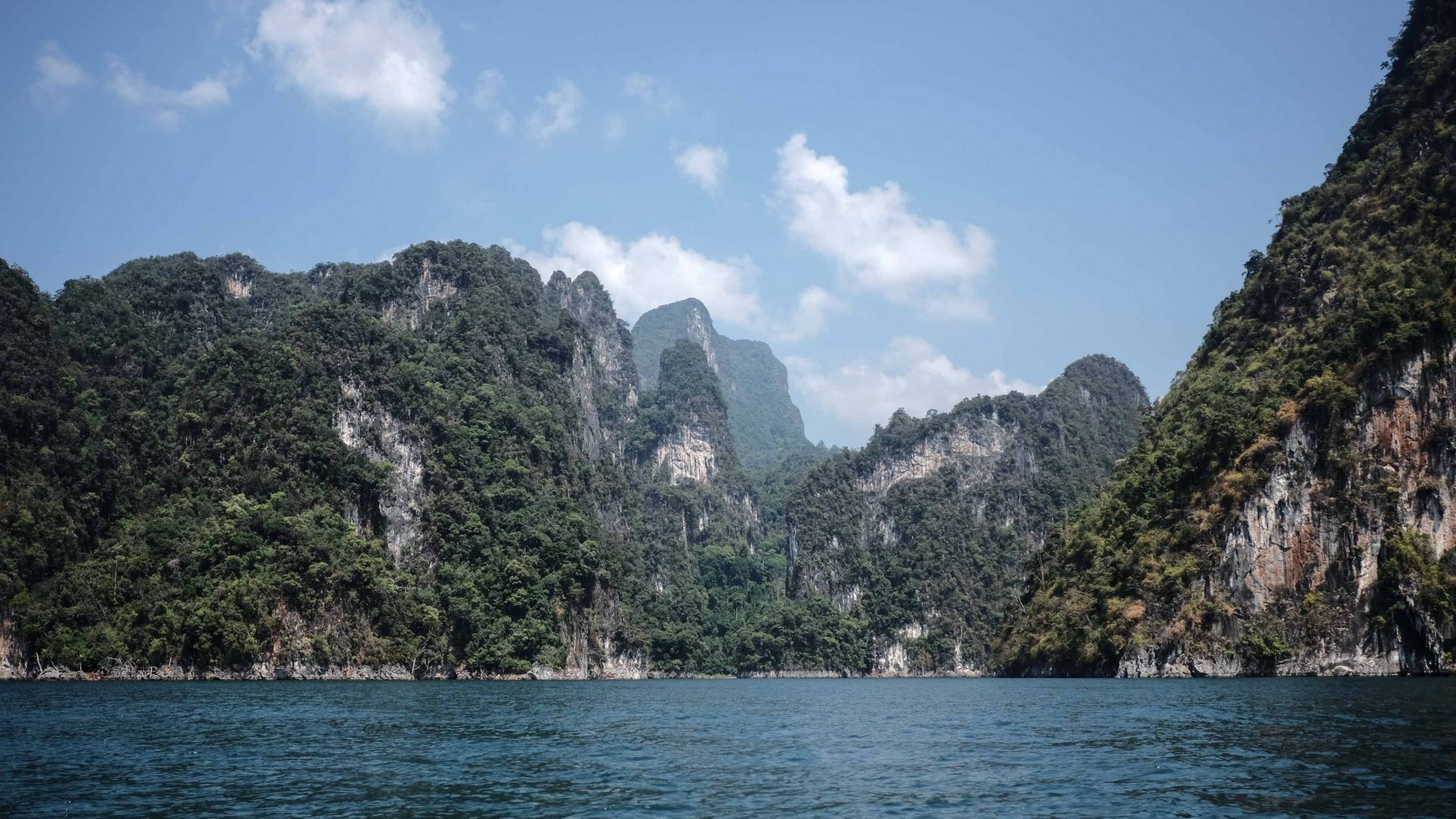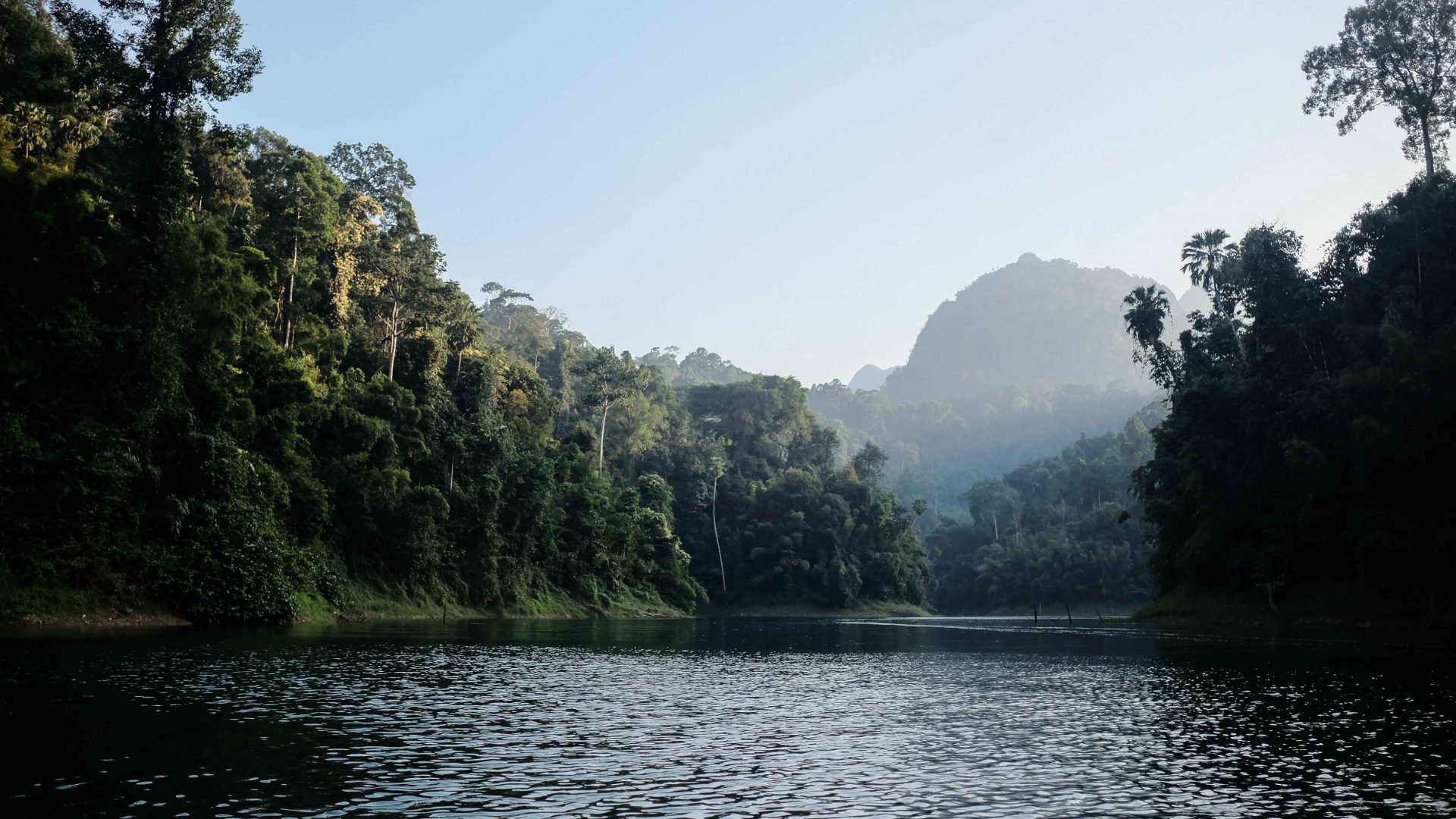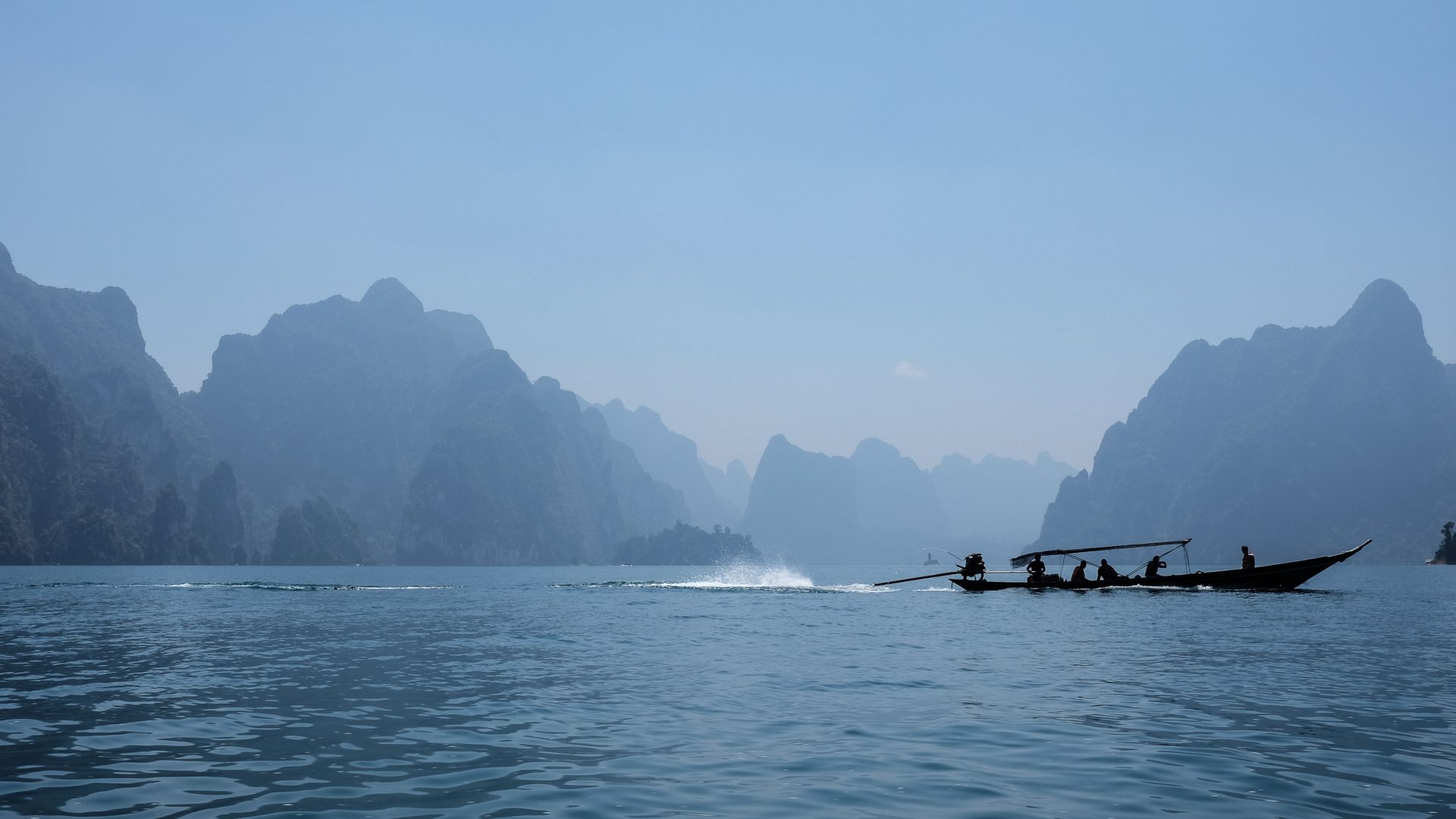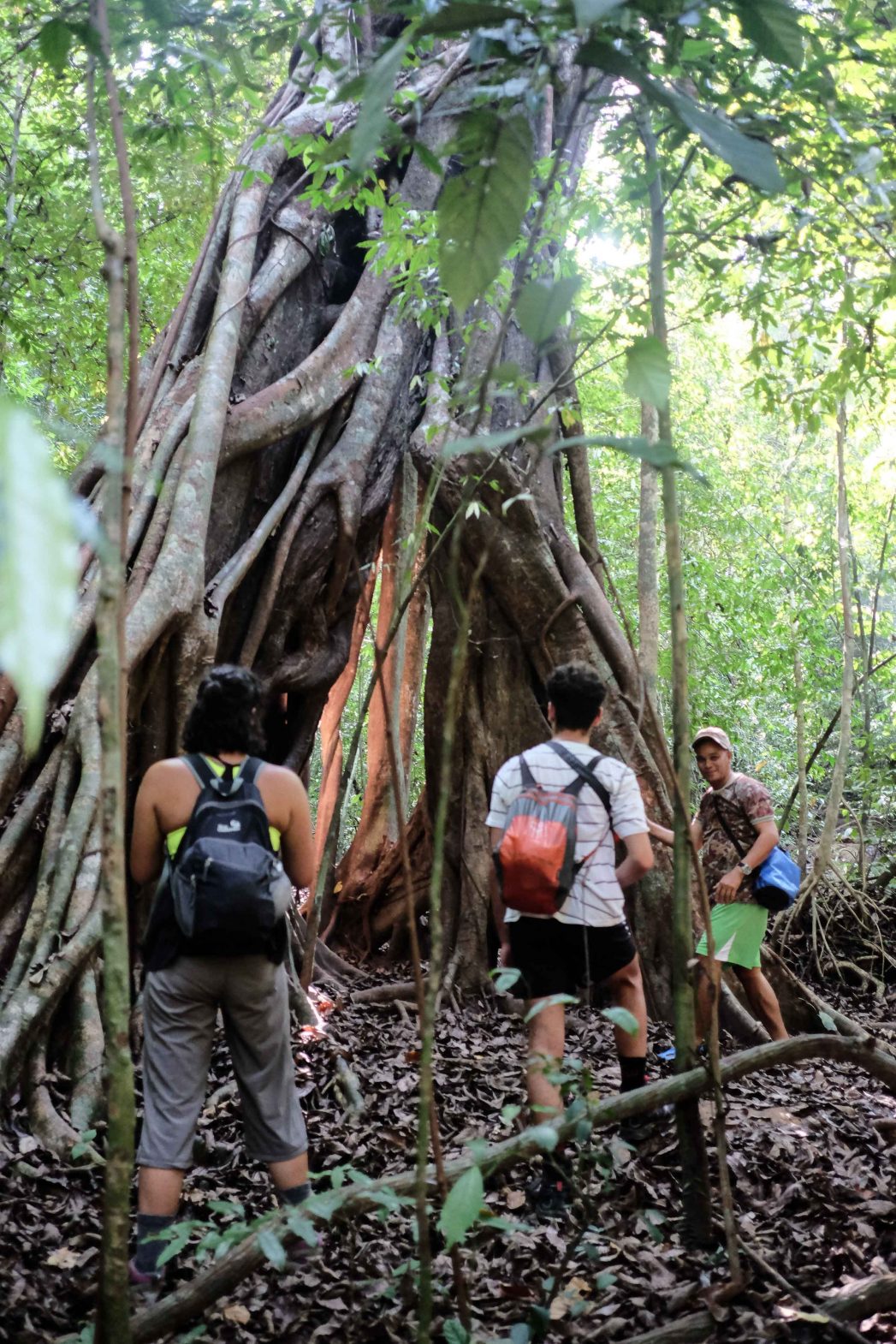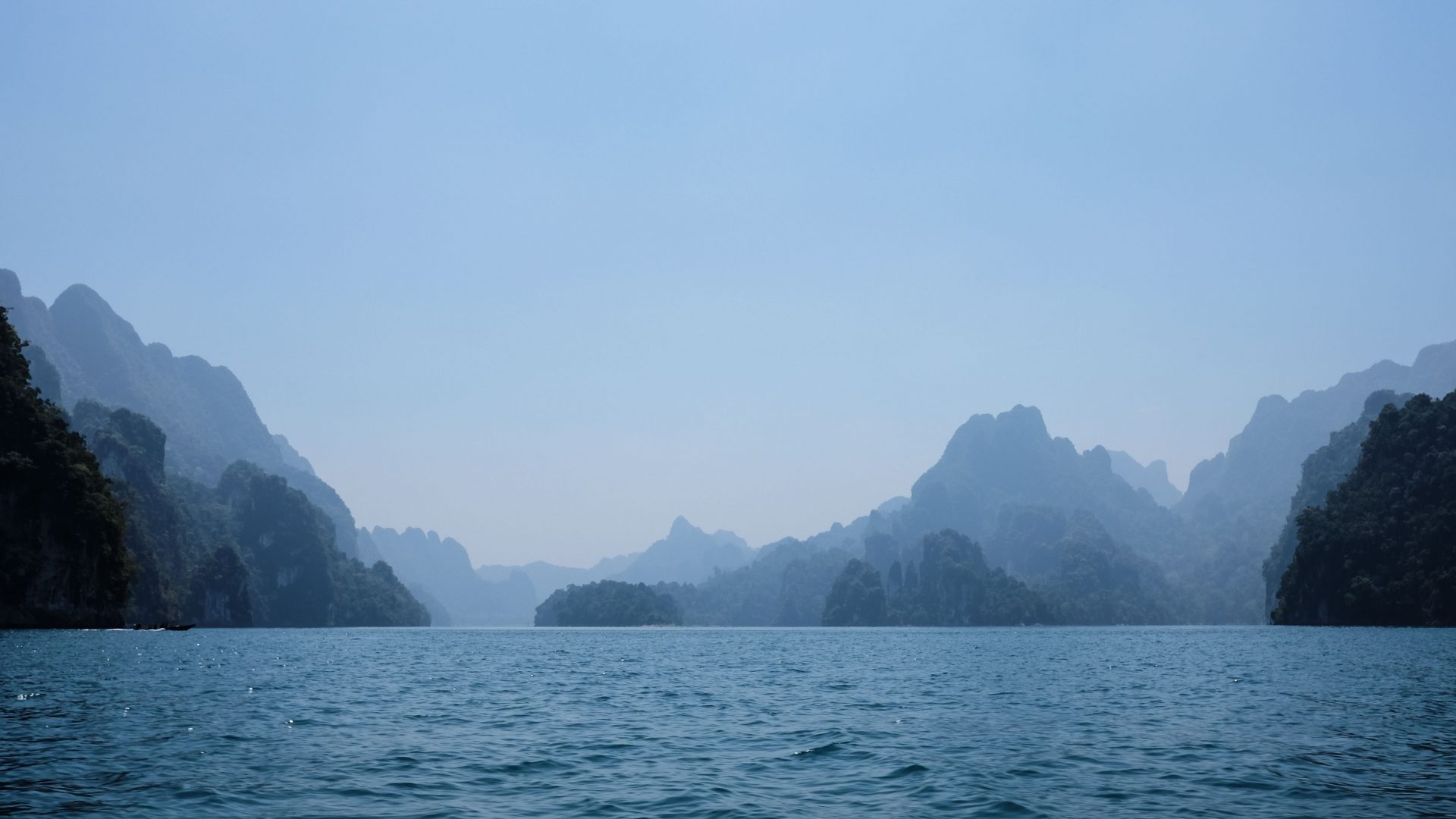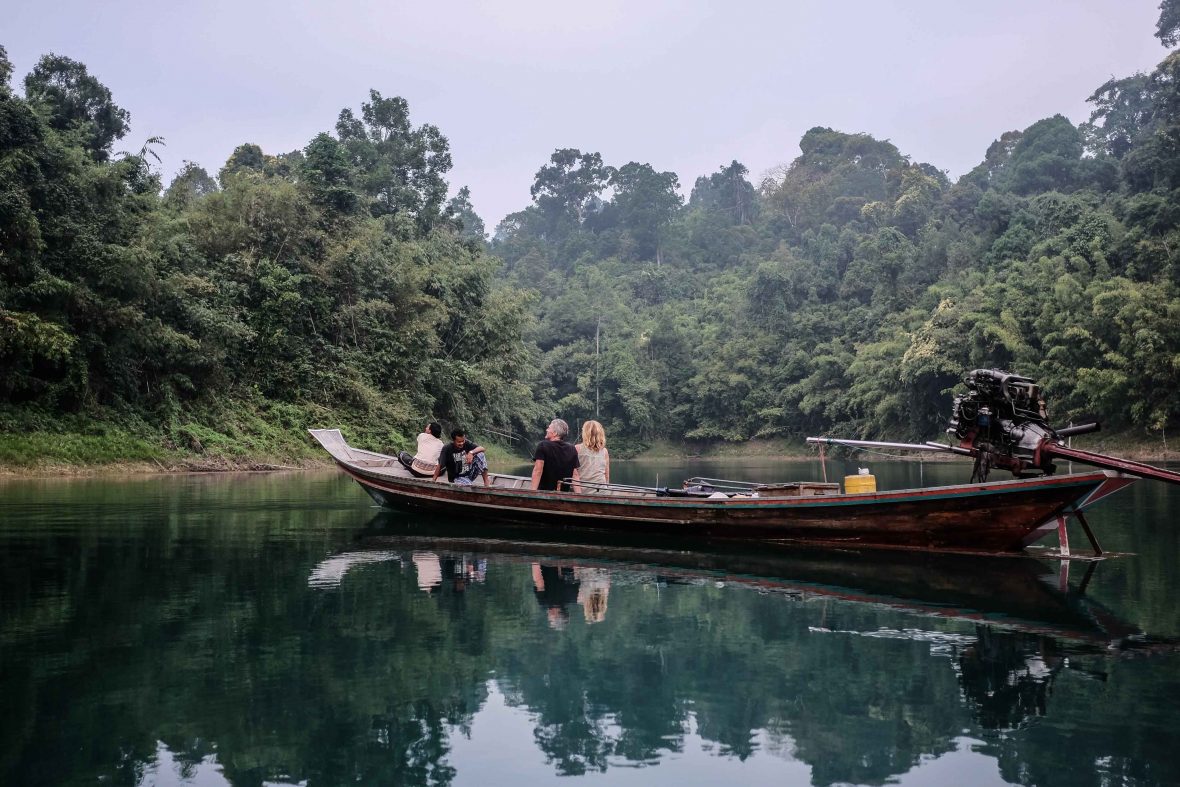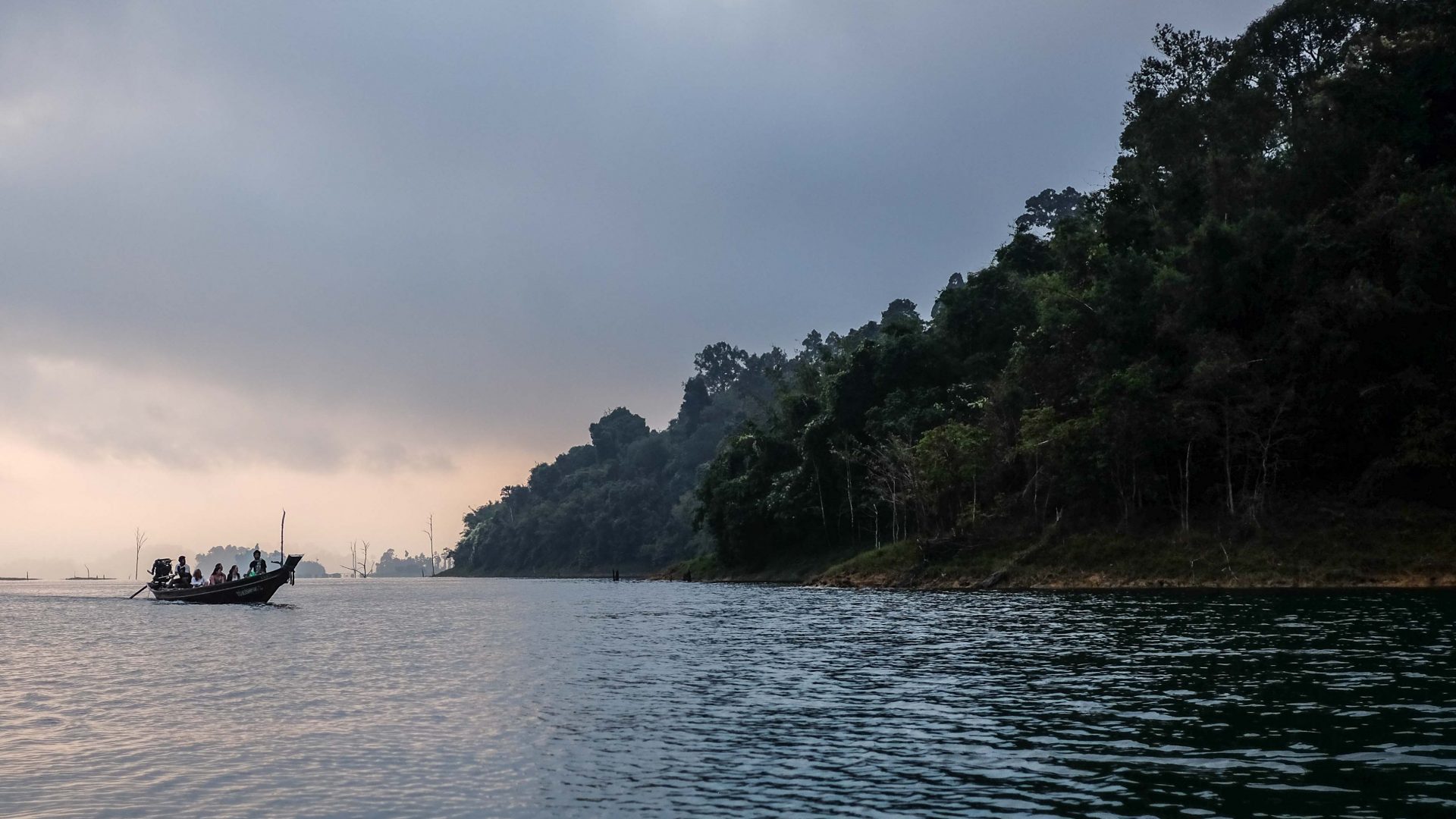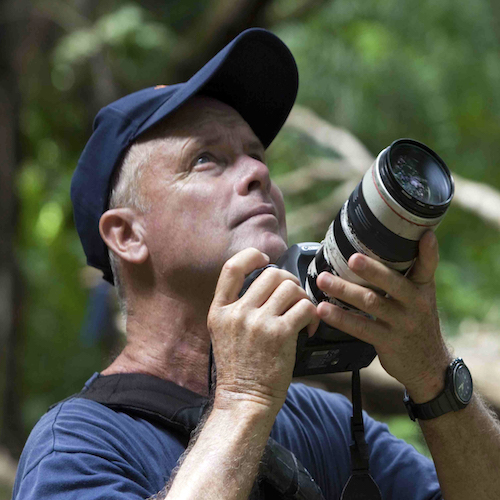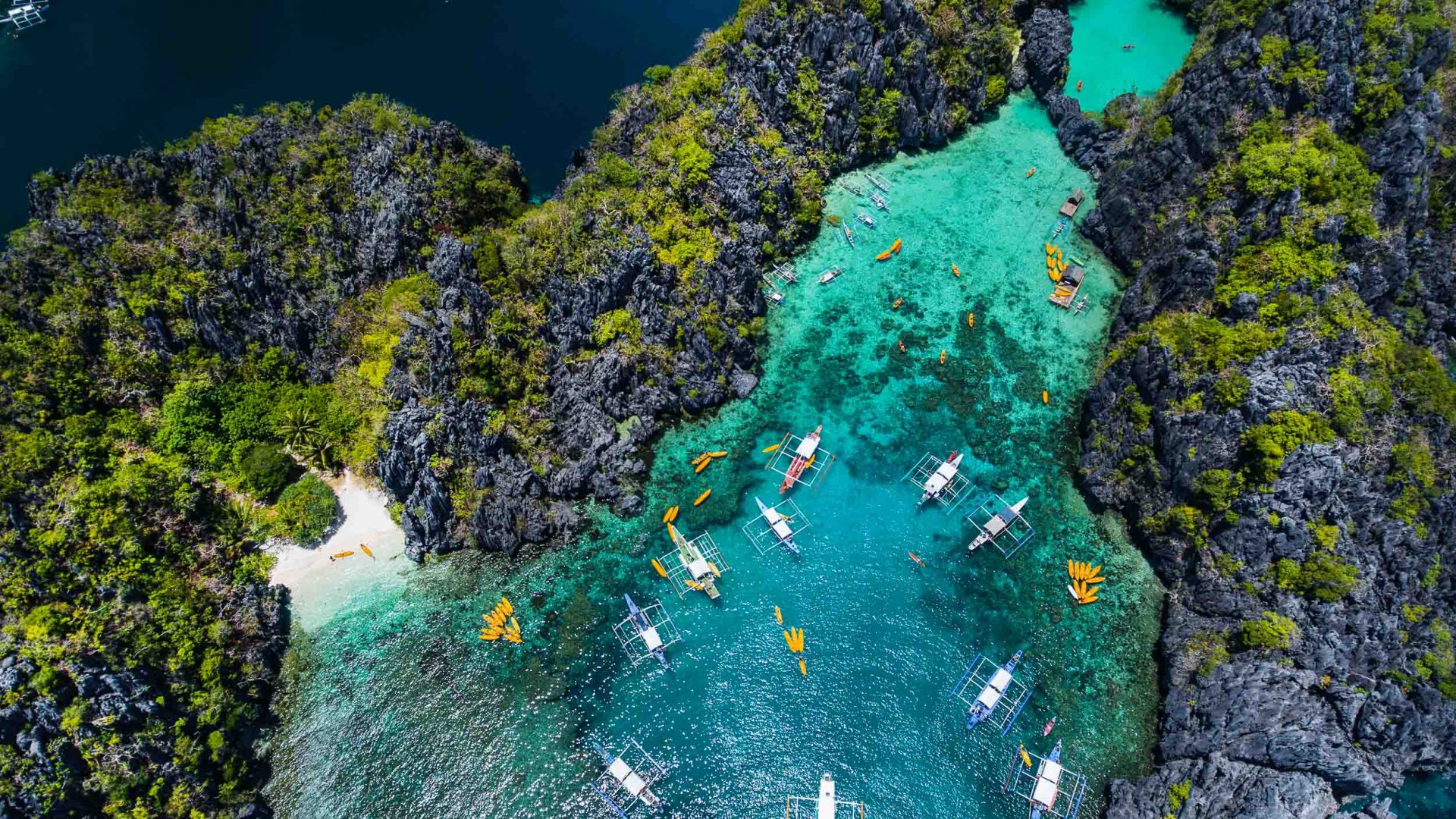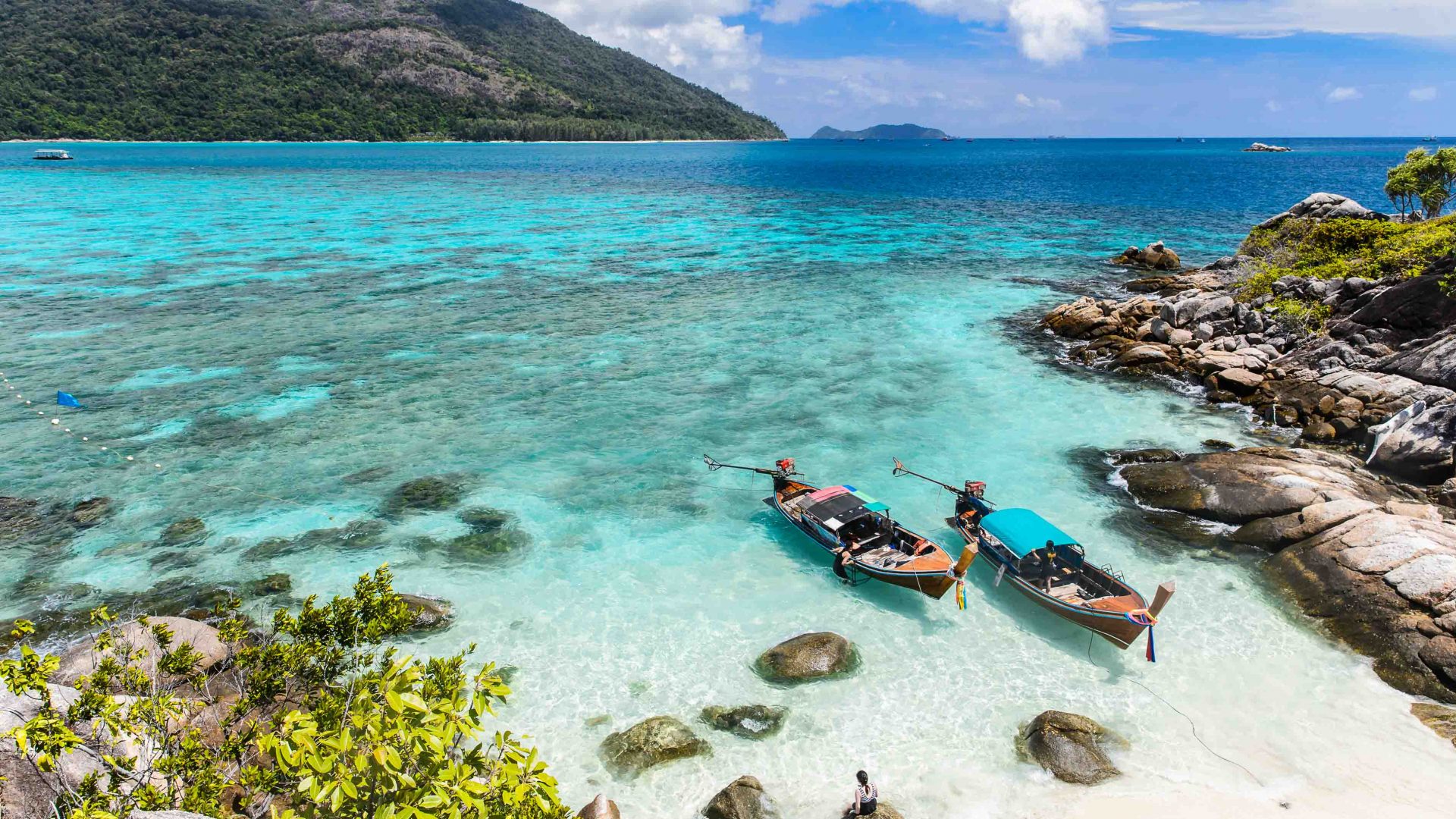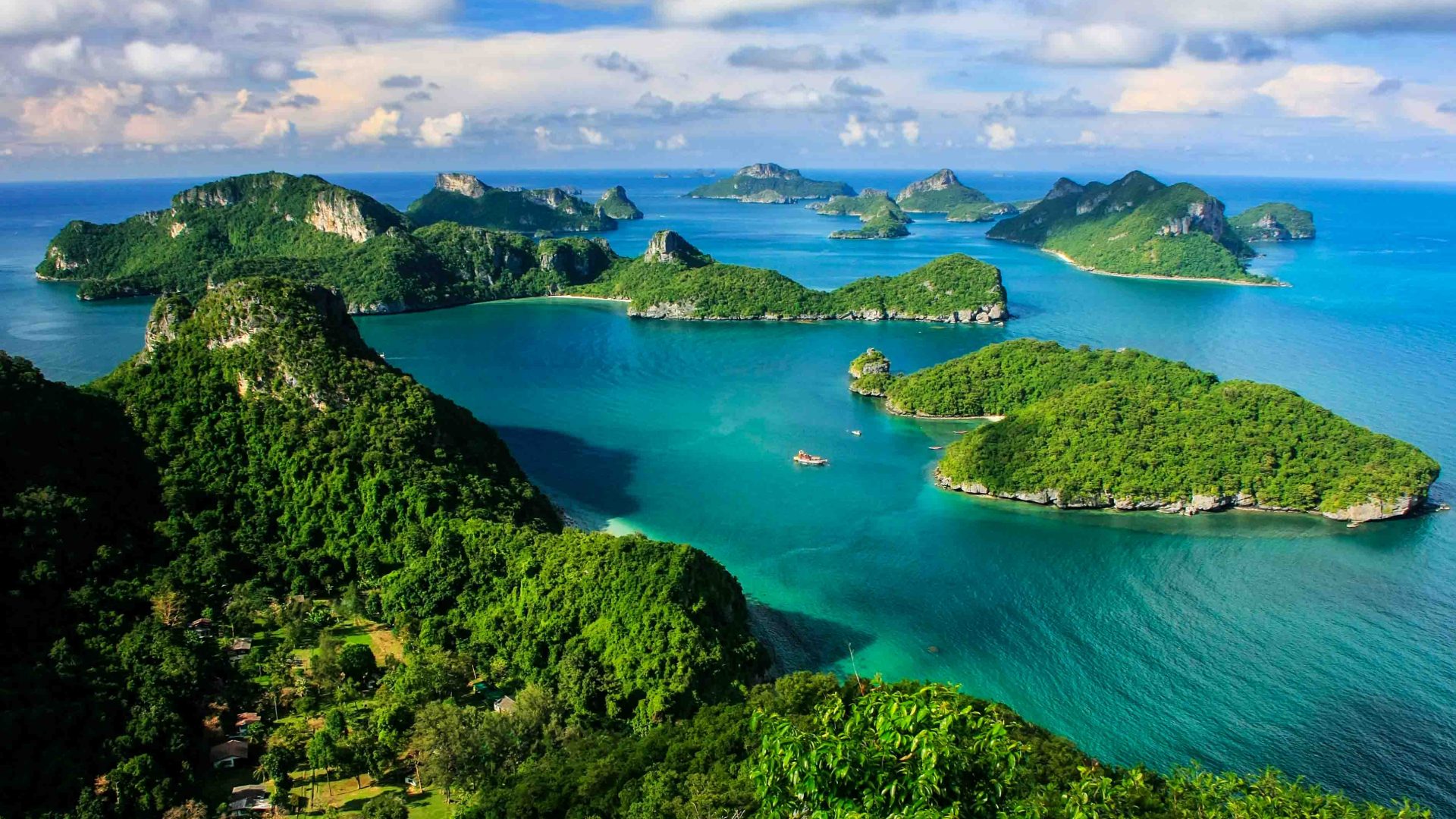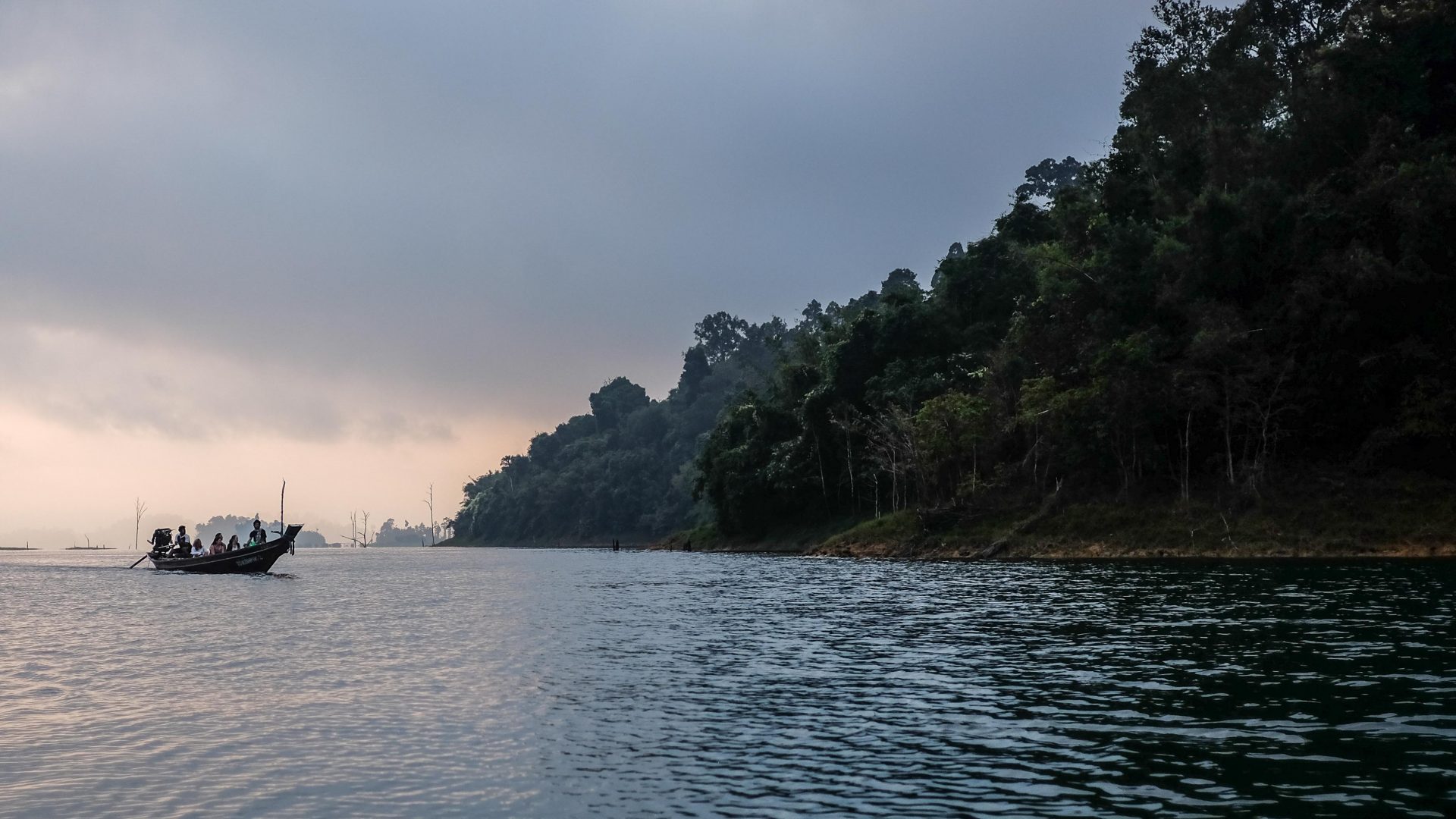
It might be artificial, but Cheow Lan Lake in Thailand’s Khao Sok National Park has the emerald water, towering limestone karsts and silent serenity that the country’s increasingly overrun beaches were once known for.
The jagged, jungle-clad limestone karsts shoot up from the water’s surface, reaching several hundred meters into the sky. They are silhouetted against each other as far as we can see, the mist blurring the craggy clifftops. The water is emerald green.
We are cruising on a longtail boat, its hull adorned with shredded pieces of bright, colorful fabric. The scenery looks exactly like the ads for a Southeast Asian beach paradise. At least until you start looking a little closer.
There are no beaches, no sand and no towns in sight. No roaring motorcycles or distant music either. The only thing audible is the hawking motor of the boat, and when the captain turns that off, there’s nothing but silence.
